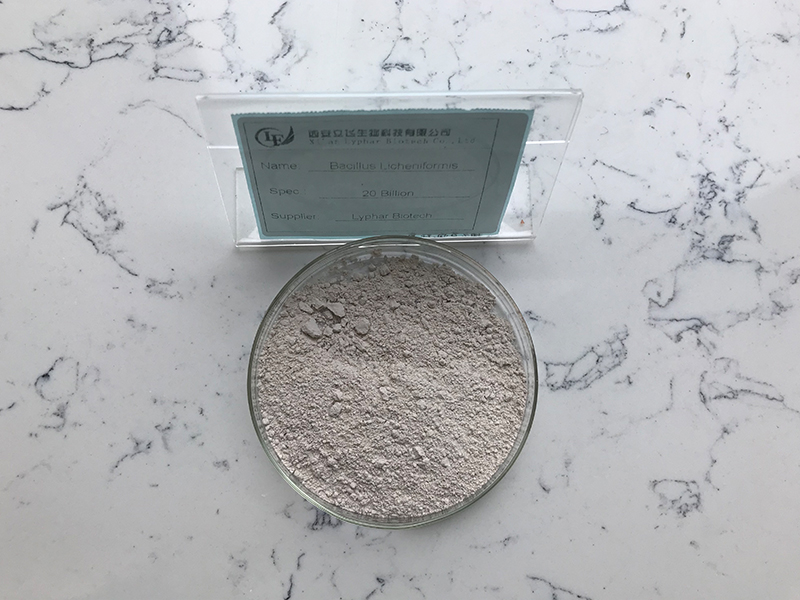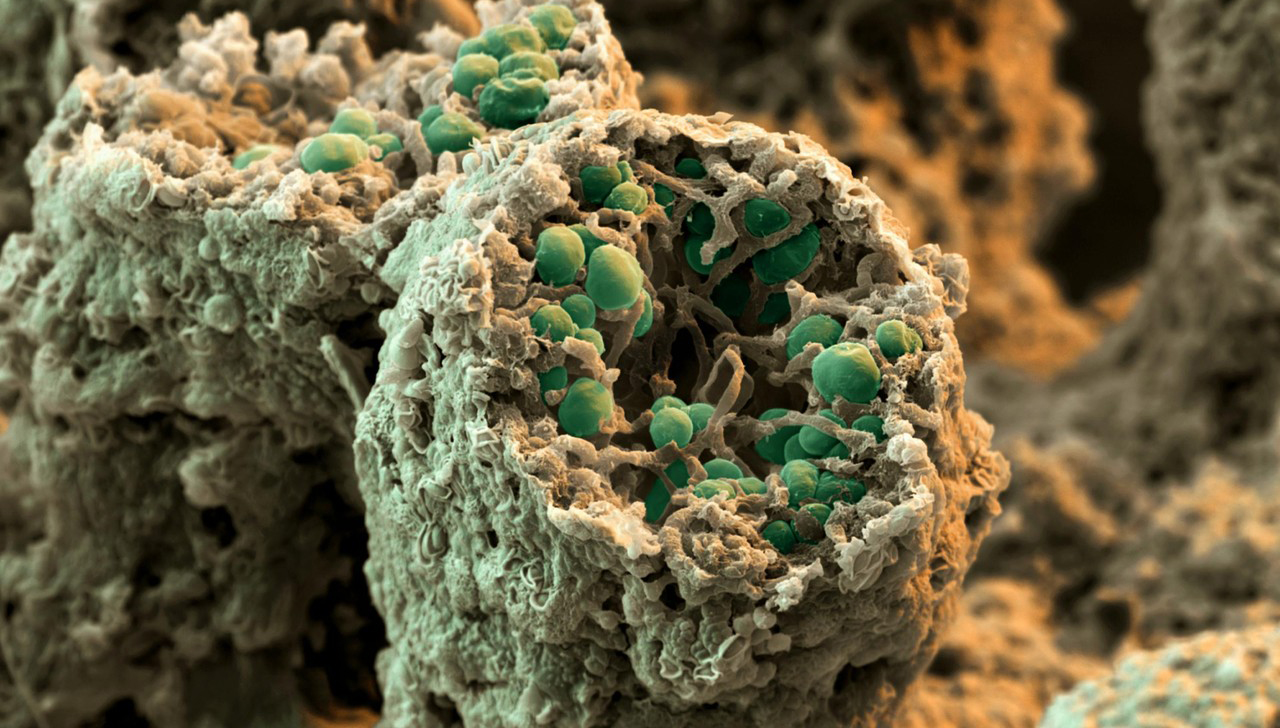Bacillus licheniformis is a Gram-positive, spore-forming bacterium that is commonly found in soil. It has various industrial applications, particularly in agriculture, bioremediation, and enzyme production. Here are some general guidelines for using Bacillus licheniformis for best results:
1.Selection of Strain:
Choose a Bacillus licheniformis strain that is well-suited for your specific application. Different strains may have varying characteristics and capabilities.
2.Cultivation:
Start with a pure culture of Bacillus licheniformis. You can obtain it from a reputable culture collection or culture it from environmental samples.
Use a suitable growth medium that provides the necessary nutrients for the bacterium. Common media include nutrient agar or broth.
Optimize growth conditions, including temperature, pH, and aeration, to promote robust bacterial growth.

3.Inoculation:
Inoculate your growth medium with a small amount of the Bacillus licheniformis culture. Ensure that the inoculum is well-mixed into the medium.
4.Fermentation:
Scale up the culture to a larger fermentation system if needed. This could involve transferring the culture to a larger flask or bioreactor.
Monitor and control fermentation conditions to maximize bacterial growth and production of desired metabolites.
5.Application in Agriculture:
Bacillus licheniformis is often used in agriculture as a biofertilizer or biopesticide.
Apply Bacillus licheniformis to seeds, soil, or plant surfaces to promote plant growth and protect against certain plant pathogens.
6.Bioremediation:
In bioremediation applications, Bacillus licheniformis can be used to degrade organic pollutants. Ensure that the bacterium is introduced to the contaminated site in sufficient quantities.
7.Enzyme Production:
Bacillus licheniformis is known for its ability to produce various enzymes, such as amylases and proteases.
Optimize culture conditions for enzyme production, including substrate concentration and incubation time.

8.Quality Control:
Regularly perform quality control checks to ensure the purity and viability of the Bacillus licheniformis culture.
Monitor for potential contamination, and take appropriate measures if contamination is detected.
9.Storage:
Properly store the Bacillus licheniformis culture to maintain its viability over time. This may involve freezing or lyophilizing the culture.
Always follow safety guidelines and regulations when working with bacteria, and consult relevant literature or experts in the field for specific recommendations based on your application.
